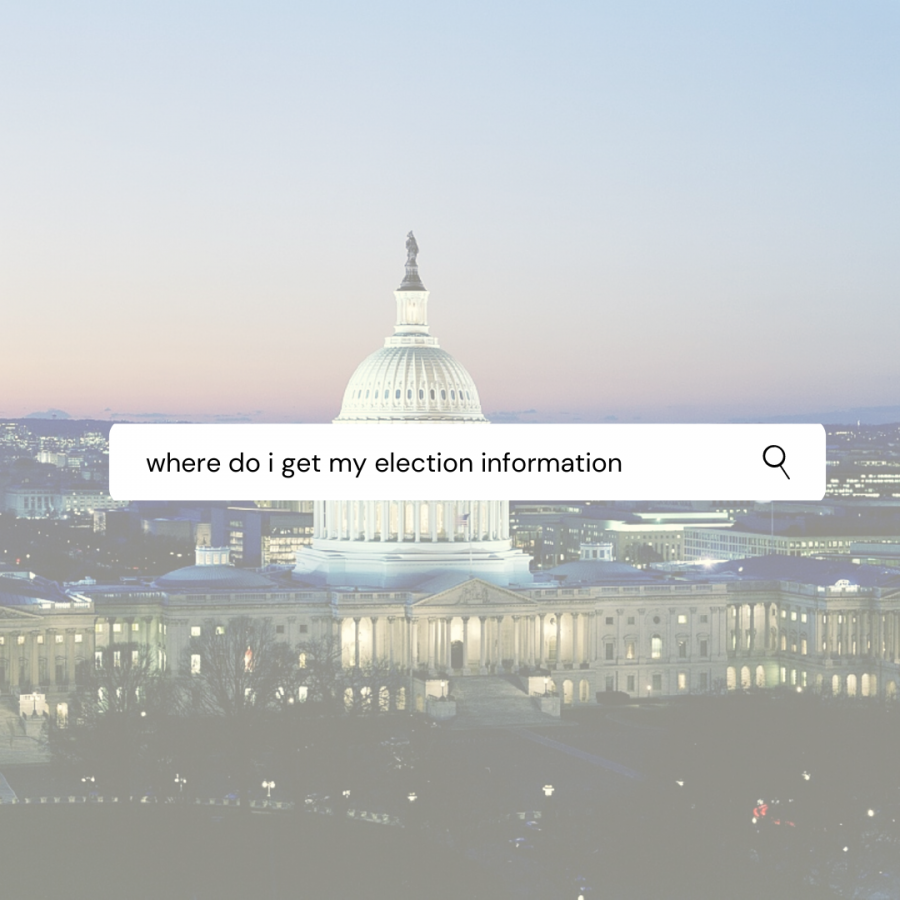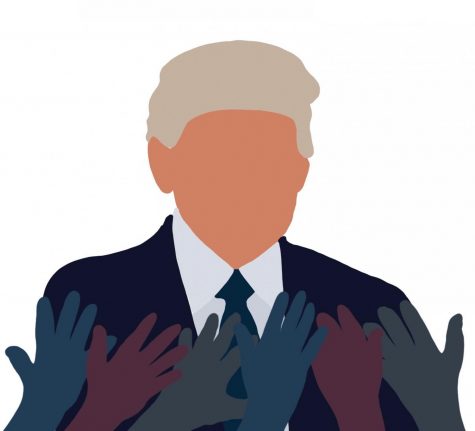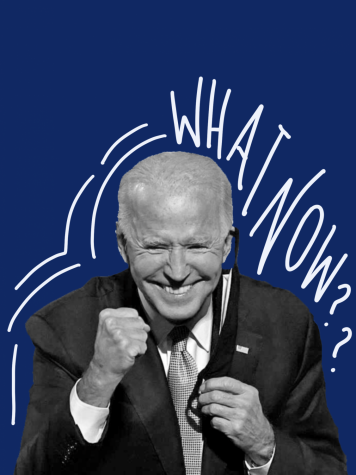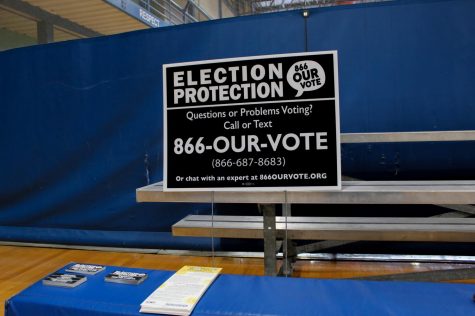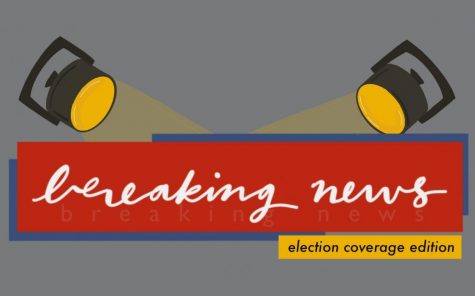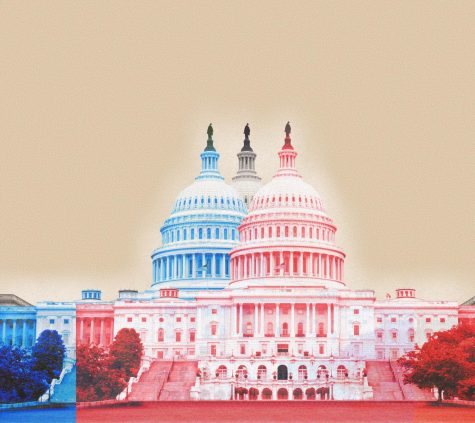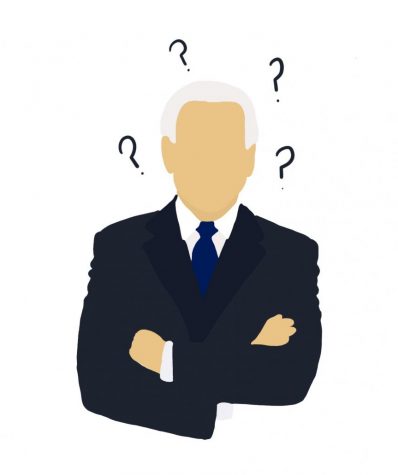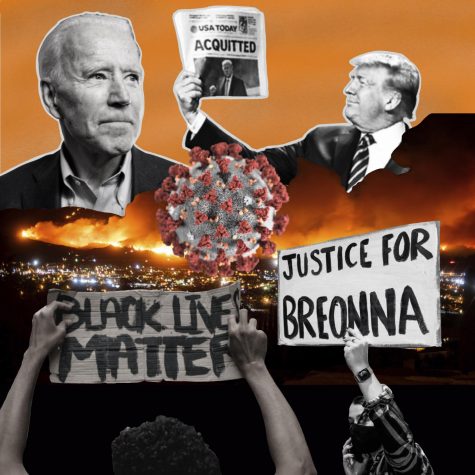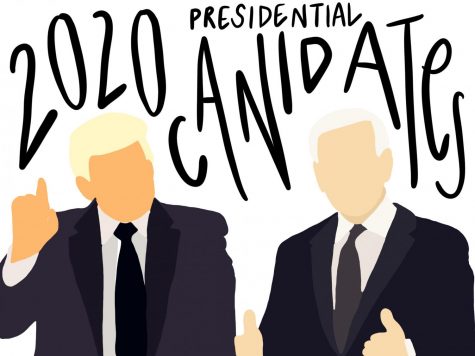SLU Poll Suggests Disconnect Between Students’ Value of Unbiased News and Their Primary News Sources
With election day a mere five days away, many SLU students are eager to cast (or have already cast) their votes for their chosen presidential candidates. Now, as candidates frantically schedule last minute campaign events in battleground states and reaffirm their agendas, media coverage has quickly become America’s center of attention. Accompanying hectic times is the question of biased media that often shares the limelight with media perceived as more credible, most notably with President Donald Trump and his campaign against “fake news.”
A recent poll conducted by The University News asked SLU students about their perception of the presence of biases in their primary news sources. Of 116 respondents, 28.4 percent believe their primary source of news is unbiased, while 48.3 percent believe their primary news source is partially biased, leaving 23.3 percent that feel their source is biased.
Despite its prominence in the “fake news” era, the notion of bias in the media is not a new concept, and in fact has a long history, stemming back as far as 1927 with the passing of the Radio Act. In the time before television, The Radio Act charged the Federal Radio Commission (which would in 1934 be succeeded by the Federal Communications Commission, known today as the FCC) with issuing radio broadcast licenses only when doing so “serves the public’s interest.” In 1949, this power was reinterpreted in the FCC’s report, “In the Matter of Editorializing by Broadcast Licensees,” to require stations holding an FCC broadcasting license to both dedicate airtime to presenting controversial issues of public relevance and permit opposing views on the subject— in short, the news had to be reported in a way that the FCC found to be honest and balanced. Over the years, however, the Fairness Doctrine was challenged multiple times and ultimately repealed by the FCC in 1987.
So, what does any of that mean, and how does it apply to modern times? Even before the Fairness Doctrine was repealed, there was already a growing movement of conservatives criticizing mainstream media for exhibiting a supposed liberal bias. The revocation of the Fairness Doctrine was promptly followed by the proliferation of conservative media in the late 1980s with programs like The Rush Limbaugh Show and the Fox Broadcasting Company. Today, this deregulation is widely considered to have played a role in political bias in modern media. Though there is no simple formula for determining whether a news source is biased, attempts have been made by institutions such as the Pew Research Center (PRC) to track self-identifying voters and their news station viewing habits. For example, a 2019 study by the PRC found that, “CNN is trusted by 70 percent of self-described liberal Democrats, but only 16 percent of conservative Republican,” while, “Fox News is trusted by 75 percent of conservative Republicans but only 12 percent of liberal Democrats.” Numerous other studies by the PRC and other sources confirm this simple truth; most people get their news from sources they are likely to agree with.
How does this trend compare with the findings of our survey? Of the 116 poll respondents, 91.3 percent of students indicated that receiving unbiased news was either important or very important, despite 76.7 percent believing that their primary news source is at least somewhat biased. Additionally, 34.5 percent of respondents indicated that their primary source of news is social media, yet a 2020 study by the PRC found that 90 percent of self-identifying Republicans believe that social media sites likely censor political views, while only 59 percent of Democrats believe the same idea. Even though political affiliations were not gathered in the poll of SLU students, there is an obvious disconnect between our supposed prioritizing of impartial news and the news students actually receive, regardless of political affiliation.
It is important to consider, however, that biased news is not an inherently negative concept. It is a largely unavoidable reality that divisive events tend to split readers along party lines, and there is a difference between a biased perspective and a direct misrepresentation of facts. Nonetheless, today’s polarized political atmosphere has made it increasingly important to be well-grounded in facts when choosing between campaigns that both struggle to provide consistently accurate information to their audiences.
This is especially imperative given our position in the midst of a pandemic, where scientific knowledge is a matter of life and death, and a nationwide movement against systemic racism and police brutality. As the newest generation of voters, college students are presented with a unique opportunity to begin mending the rift in American politics, and that starts with a well-rounded absorption of news from a variety of political perspectives.
Keep reading to see the survey results:
Your donation will support the student journalists of Saint Louis University. Your contribution will help us cover our annual website hosting costs.


